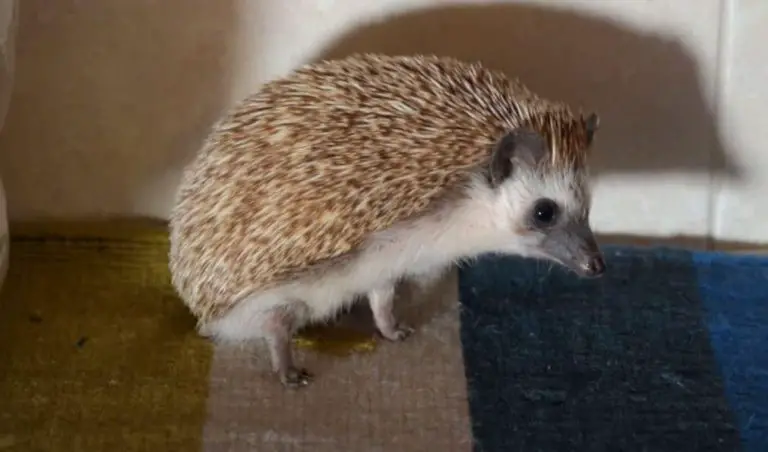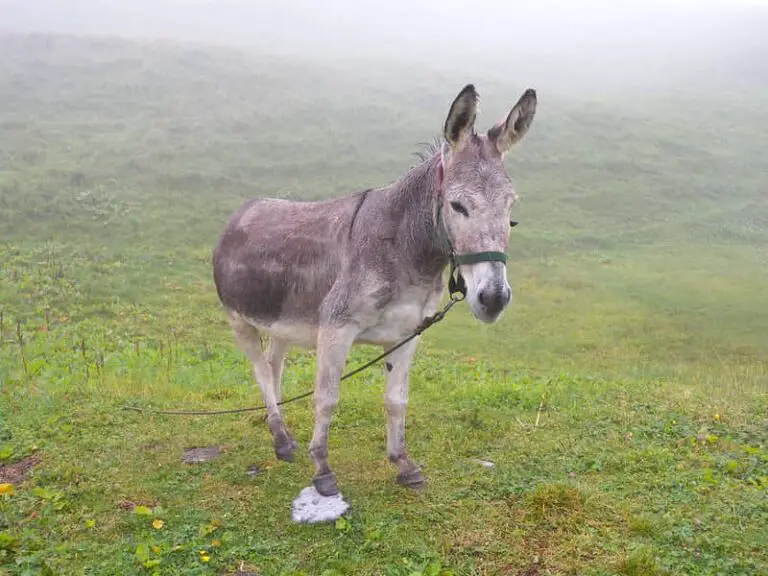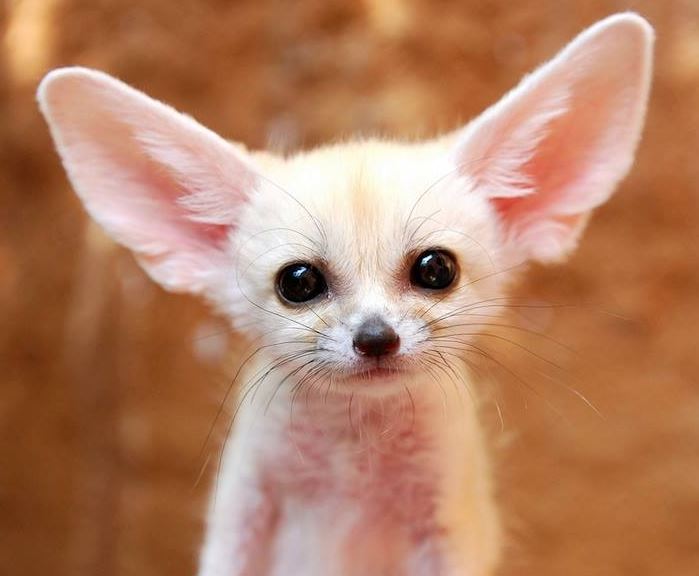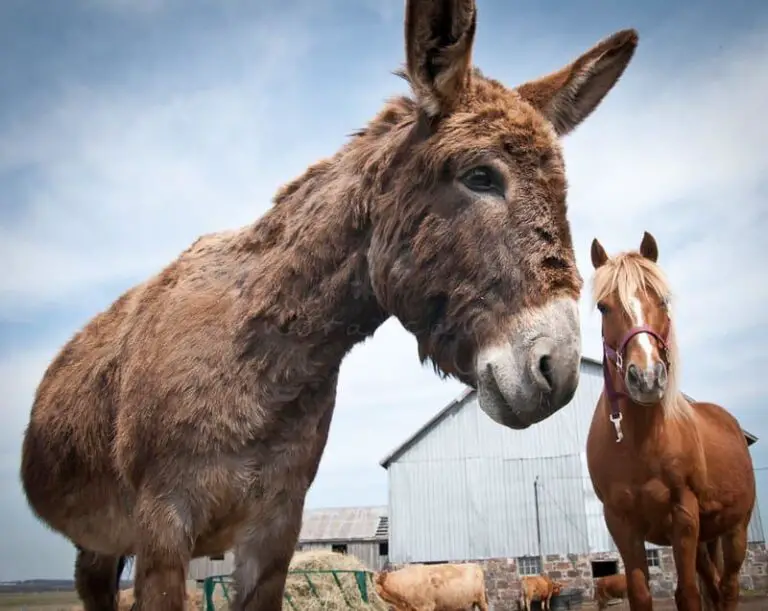Are Capybaras dangerous? Here Are The Signs to Know It
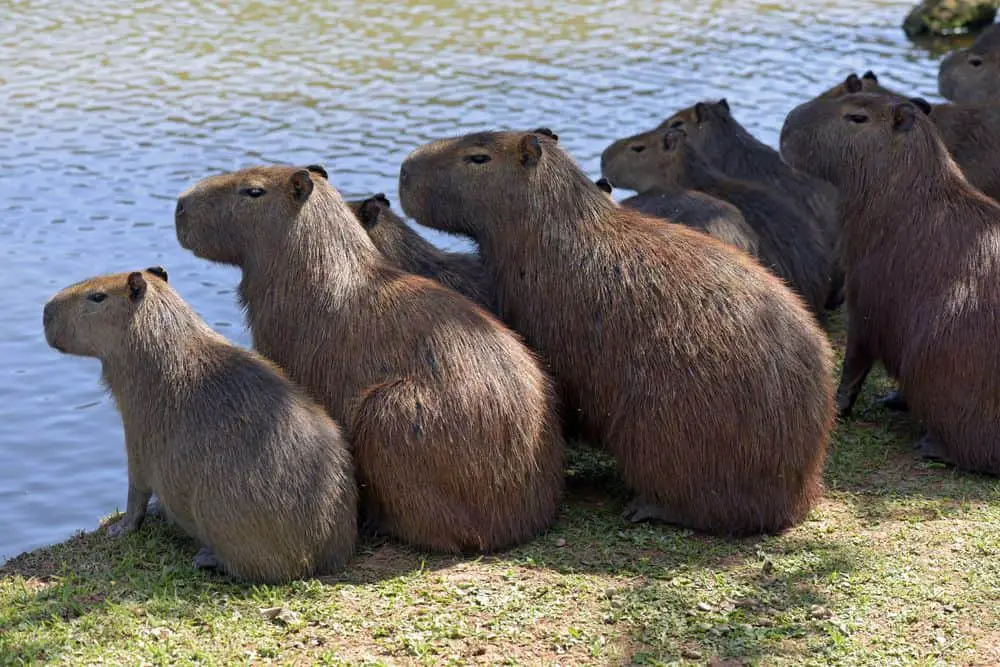
Capybaras are animals from South and Central America. They are the largest rodents in existence and are divided into two species: Hydrochoerus hydrochaeris isthmius, which is the smaller of the two species, and the Hydrochoreus hydrochaeris hydrochaeris, which is larger. Capybaras can weigh up to 65 kg the largest females. Males weigh 10-15 kg less.
The capybara is not considered a dangerous animal for humans, like all rodents, is a shy animal whose first reaction to contact will always be to flee.
As for the danger from the agricultural point of view, the capybara in its natural environment has the habit of eating near the banks of streams or ponds where it lives, so there is no significant damage to human crops. There could be occasional cases, but that is not its feeding habit.
The capibara is a very docile animal, it does not attack people out of anywhere. It does not eat meat, which means that it has no interest in feeding or biting people. However, despite being a docile and harmless-looking animal, it has teeth that it can use as a defense or if it feels threatened by biting, this in extreme cases.
The capybara like other rodents, has quite developed and somewhat sharp incisor teeth, does not have canine teeth because it is not a carnivorous animal.
The capybara uses these teeth to feed on herbs and vegetables in nature, and it is also its only defense tool when it feels cornered, its first defensive reaction will always be to flee.
How do you know if a Capybara can attack a person?
https://www.youtube.com/watch?v=FGbccXry-rc&ab_channel=CapybaraWorld
The nature of the capybara is peaceful, but they are animals with a wild instinct whose objective is to protect territory, defend themselves and reproduce, and despite being a rodent their large body size and teeth are sufficient to cause cutting wounds to a person with a bite.
A capybara will never attack if it doesn’t feel really bothered or threatened, They are not offensive animals, but rather try to defend themselves, and part of their defense consists of biting. But how can you tell?
For this, you must analyze the body language of the capybara, in nature the capybara when it feels the presence of a predator curves its back and for the hairs in that area, that is its natural reaction when it feels threatened.
If you are near a capybara and notice this reaction it means that it feels threatened and therefore could attack as a defensive reaction, it is not at all advisable to touch a capybara when it is in this defensive alert mode, it will try to bite you.
Capybaras are very territorial and can fight fiercely
Capybaras like most animals in nature have a strong sense of territoriality.
In a typical capybara group, there are on average 3 to 4 males and 6 females. However, only one functional male is permitted in the group, and he leads the group, establishes the territory as well as exercising dominance.
The amount of young varies according to the breeding season, which often depends on the seasonality of the rains and the existence of bodies of water, where copulation generally takes place.
In nature, capybaras often have no well-defined limits, so there are real battles between the herds.
Such battles are usually between male and male, adult female and adult female, young man and young woman and very rarely between male and female, male and young man or female and young man.
At the conclusion of the fight, that usually lasts 20 minutes, with the retreat of the two herds towards the interior of their territory, several animals are wounded, presenting in the back, the snout, and other parts of the body, like the legs, bloody and deep wounds produced by the bites.
The territorial marking serves mainly to defend the family group, the group and the lonely individual. The capybaras when detecting the presence of an intruder their main reaction is to emit a very strident guttural noise, to alert the group.
The alert reaction begins when they stand on their hind legs, stop the hairs on the back of the neck and certain parts of the back and is followed by a race of the group towards the water or refuge.
Capybaras and spotted fever
Capybaras can have ticks, so they are related to spotted fever, a disease caused by the bacterium Rickettsia rickettsii, whose main biological vector is star ticks (Amblyomma cajennense ) .
The contaminated tick, when biting a person, can cause him to develop the disease. Capybaras with ticks also function as amplifiers of the bacteria, because, when bitten by contaminated ticks, they develop spotted fever without symptoms, which favors the contamination of other ticks.
Capybara behavior
They act in groups of 10 to 20 on average in nature, forming a group where they are led by a male, several females and their children.
The capybara is said to be most active in the morning and in the afternoon before sunset. During the hours of activity, they eat food, swim in the water and the young play with each other. During the day, they often take a nap while relaxing in the sun. It is a South American animal, so it is not good for the cold. On a cold day, he will have a hard time.
Also, although the capybara enjoys being in the water, it is surprisingly not good for being in the rain, on rainy days it always looks for a way to take shelter.
Capybaras are mainly crepuscular. They spend most of a hot day in mud holes or shallow water. When they go to sleep they retreat into the wilderness. They don’t dig burrows. However, in the areas where they are disturbed by humans, they change to a form of night life.
When they are threatened, capybaras often hide in the water. If it is dangerous, they can run quickly, but if it is possible to escape to a body of water. They are excellent swimmers. They are mostly immersed in water, with only their eyes and the tip of their nose sticking out.
They also sometimes hide in the dense aquatic vegetation. But they can also cover long distances by diving. The deepwater, however, only serves as an escape room for them. Most activities take place in shallow water or on land.
Natural enemies of the capybara
The natural enemies of the capybaras are mainly cats like the jaguar and the ocelot , as well as the forest dog , but also caimans and anacondas . Young animals sometimes fall prey to birds of prey such as the harpy and the vulture falcon.
Are capybaras dangerous as pets?
Because of its friendly appearance and passive behavior the capybara has characteristics to be a pet and does not represent a danger to humans, although there are several disadvantages and characteristics to take into account.
The capybara is an essentially wild animal, that lives in herds, understanding its social composition and behavior we could see that it is territorial and that the male can become aggressive in mating time.
if you are considering having a capybara as a pet, males should be sterilized, to avoid them becoming aggressive when they reach adulthood. as we mentioned previously, males are very territorial and develop protective behaviors. Sterilization should be carried out between 6 and 9 months of age.
Something else that should be considered is the space to maintain a capybara, it should be a wide area preferably outside, where you can have a kind of recreation of an ideal natural environment for the animal, with ponds or wells.
You also need to know the regulations of your country regarding this pet, remember that the capybara is endemic from South America where it lives in a wild way, even in some regions they consider it as a pest, although in reality it is not, it has not been demonstrated to be an animal that transports plagues or diseases.
Anyway, it is essential to know the regulations of your city or country in relation to having an animal of this species.
How to distinguish a male capybara from a female one?
To distinguish males and females, just look at the olfactory gland located on the snout.
Males have a whitish, sticky substance in this region, a concentrate that they use to mark their dominance over the rest of the herd.


